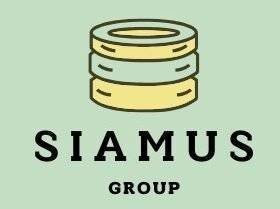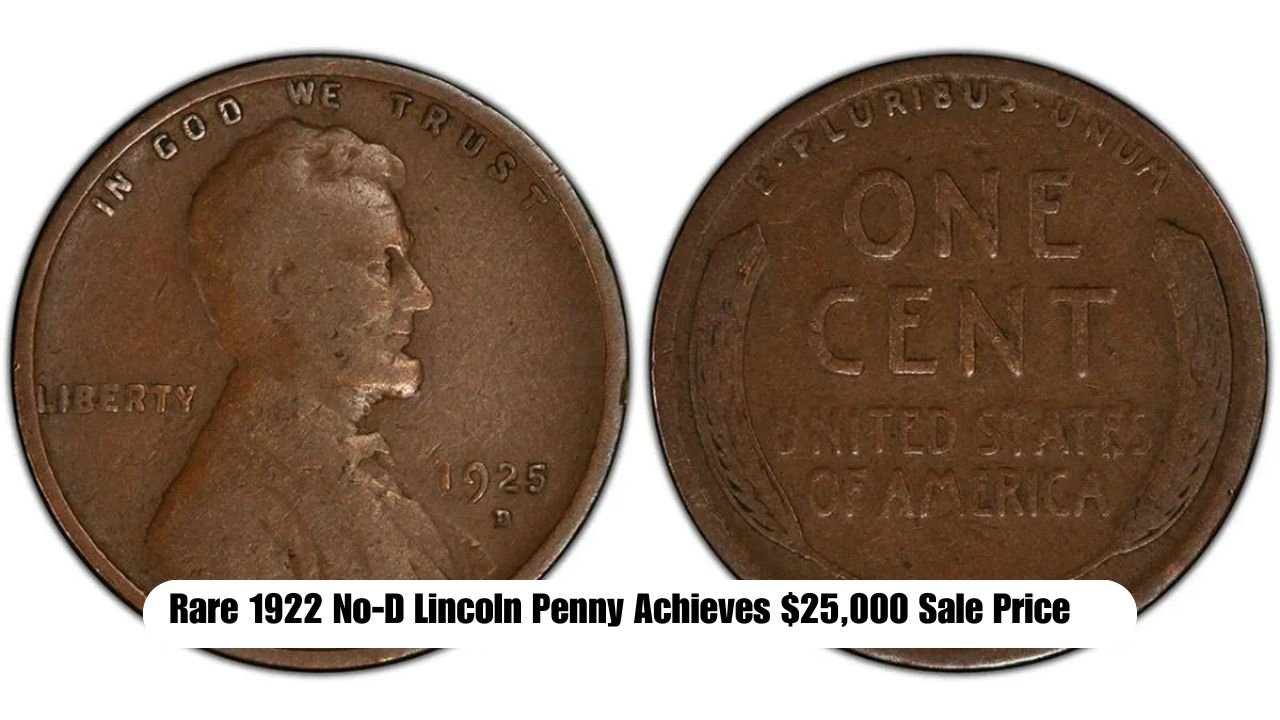Rare coins remain to be a great source of fascination for collectors all around, and the newest headliner has recently been the 1922 No-D Lincoln Wheat Penny. Setting a new record for this sort of penny, this spectacular coin sold at an amazing $25,000 in a recent auction. Amongst numismatists, its unusual history and scarcity have placed it amongst one of the most sought-after coins.
This paper will examine the causes behind the great value of the 1922 No-D Lincoln Wheat Penny. It will show us the minting anomaly that made it a rare treasure, give us an overview of its grading and condition, and provide information on how to spot comparable valuable coins. Regardless of your collection’s expertise, this book will help you identify rare coins and appreciate their value.
What sets the Lincoln Wheat Penny Special aside from 1922 No-D?
A minting flaw in only a few 1922 No-D Lincoln Wheat Pennies separated it from most coins of that year. Minted at Denver but should have a “D” mintmark, some pennies had no mark at all. Severe die wear caused this anomaly to occur; the “D” was used up during production.
For example, the fact that the 1922 cent was not minted in Philadelphia makes them very attractive; therefore, all pennies from this year must carry a mintmark. In particular, those with high grade and fine details, and most importantly, without the “D”, the pennies are extremely scarce.
For several reasons, rare coins like this one are highly prized. The 1922 No-D Lincoln Wheat Penny has specific value.
Collectors’ dream: Relatively few No-D pennies were produced.
The 1922 penny is a unique date in American coinage history.
Grade: The more exemplary pieces, such as the one which recently sold at auction MS64, command much more.
Demand: Especially in type and date combinations used in historical collections, collecting experts prize striking errors.
Elements Which Push the Value of This Penny
1. Strike Quality
The defining characteristic is the missing “D” mintmark caused by die deterioration. Die wear lines visible on coins, such as indistinctness of the reverse details, add to the certification of them.
2. Graded
MS64-graded auctioned 1922 No-D penny was in mint state with sharp features and brilliant luster. Very high-grade coins make higher prices.
3. Green history
The coin was confirmed as authentic by one of the more trustworthy grading houses, PCGS, and given a grade, which ensured the confidence of bidders and, therefore raised the coin’s value.
Locating a 1922 No-D Lincoln Wheat Penny
This is how to spot a rare coin in case you think that you might have one:
Examine the Mintmark: Determine if the “D” mintmark is absent entirely. clearer when viewed with a jeweler’s loupe.
Taking close looks at coins with worn or indistinct reverses dramatically raises your chance of finding real No-D pennies.
Grade the coins; look for coins with minimal wear and sharp details are more valuable.
PCGS or NGC can authenticate the legitimacy of your coin and give you an honest grade.
How to Market Valuable Coins
If you have a rare cent such as the 1922 No-D, keep in mind these sales opportunities:
Professional Auctions: For contacting serious collectors, one can use PCGS Auctions or Heritage Auctions.
Third-party dealers can give on-site, prompt evaluations and selling bonuses
You can list rare coins on sites like eBay but expect to get worldwide exposure. However, professional grading is recommended before doing so.
Other Lincoln Wheat Pennies
Lincoln Wheat Pennies have always been very much collected. Here are a few notable ones:
1909-S VDB Penny
shows the engraver’s initials “V.D.B.,” reversed.
Because of its minuscule mintage, rather valuable.
1955 bears Doubbled Die Obverse Clearly doubled on the date and on the lettering.
Highly sought after by collectors because clearly visible in error.

